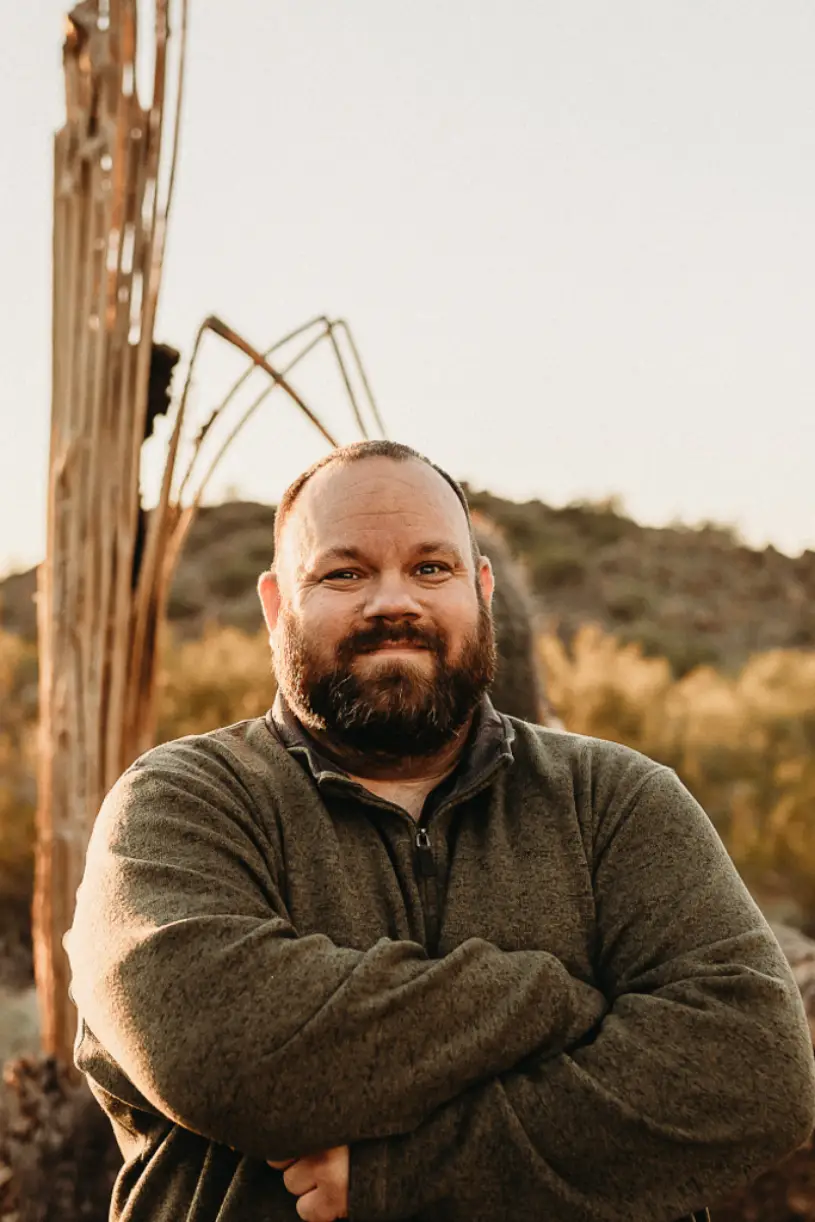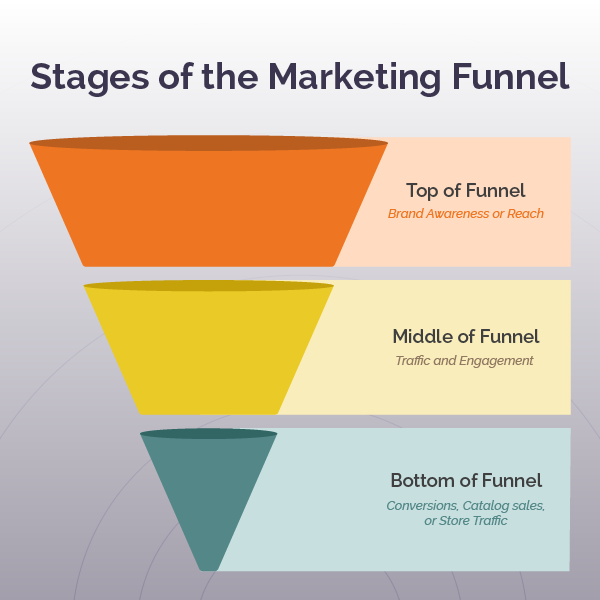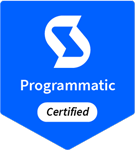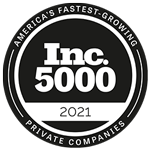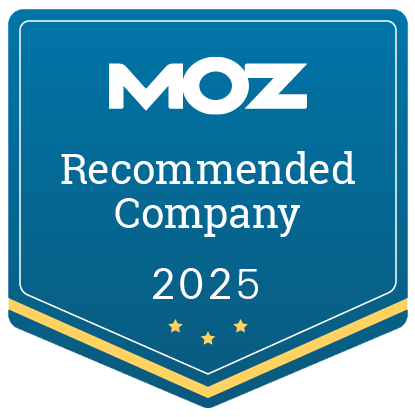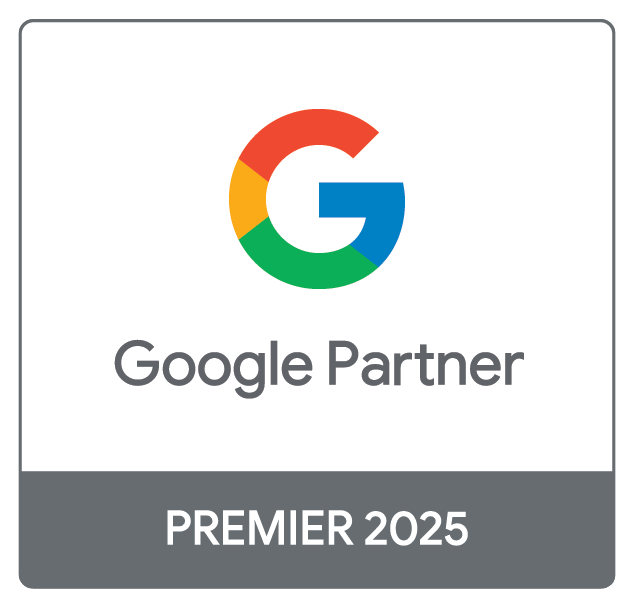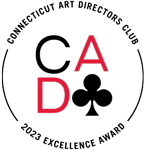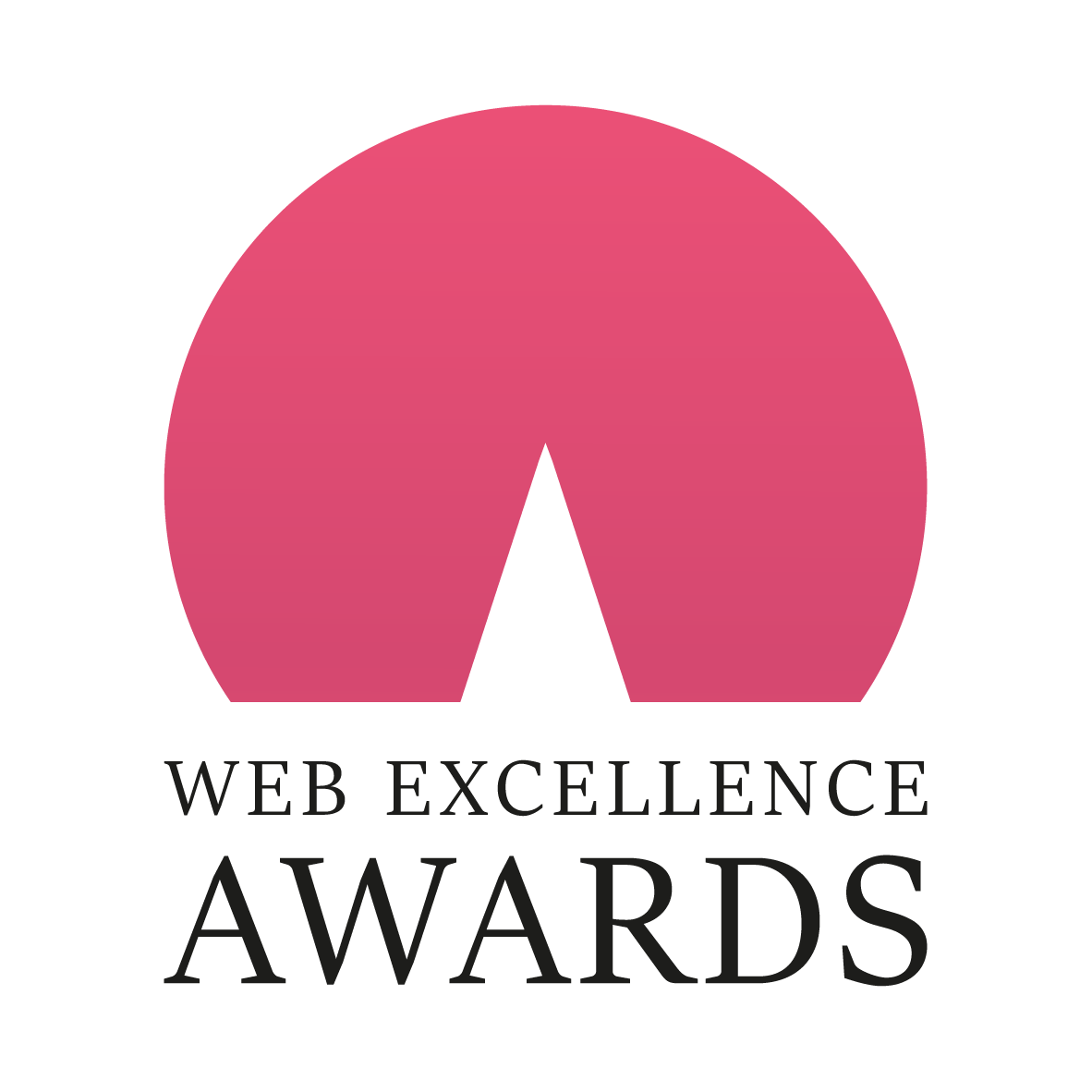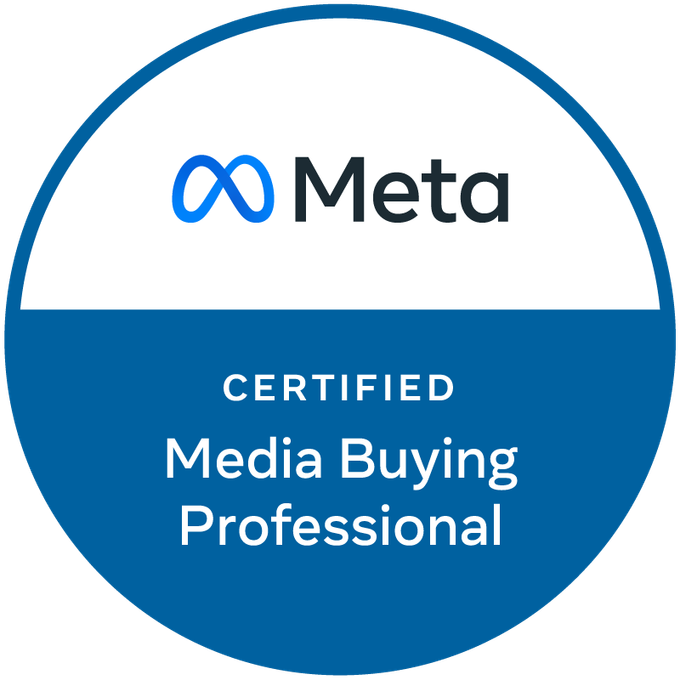What do you want to achieve from your Facebook ad campaign? Are you trying to drive traffic to your website? Increase engagement? Generate leads? Once you understand your objective, you can work to create content that meets your expectations. For instance, you might be trying to get more clicks or see increased engagement. Facebook's platform has been designed to show your ads to people within your target audience who are most likely to take action.
Get the Marketing Verbiage Straight
Remember that digital marketers may not think the same way you do. If you are a digital marketer, you might think differently than other members of your company or clients' teams.
Here's an example:
You: “Let's launch this new campaign!”
Your paid social partner: “I need more information!”
- Is this a new campaign or an ad rotation?
- Do you have a dedicated budget, or can we go into live campaigns we already have?
- Can it go into the evergreen campaign?
Consider formalizing this communication process by creating a brief or checklist for campaign planning. It can ensure all necessary information is provided upfront and reduce delays.
Let's talk about evergreen campaigns for a second. Generally, you want your content to be evergreen so it can be posted, shared, and reshaped as time goes by. However, there are a few exceptions.
You'll want to break content away from an evergreen category when:
- The topic is time-sensitive
- The campaign requires a dedicated budget
- Your ad has a dedicated placement, such as Stories
- There's a significant audience differentiation
When creating evergreen campaigns, ensure the content is designed to remain relevant over time. For non-evergreen efforts, be clear about the timeline and specific goals. The goal is to prevent audience overlap between campaigns.
Choose Your Objective and Determine its Worth
Here's what you need to think about – what will you ask the platform to do for you? While you're considering this, make sure you understand what action you want the user to take.
The first step is to consider which stage of the marketing funnel you're talking about. Are you creating content for the awareness, consideration, or conversion phases of the buyer's journey? Knowing this information will help Facebook curate a campaign that reaches the right people.
Top of Funnel
If you're targeting top-of-funnel audiences, you have two options: brand awareness or reach.
Brand awareness is a recommended objective. It's measured by the estimated ad recall (or lift). If you choose to go this route, the KPI you'll be most interested in is the estimated ad recall rate and impressions. This objective is best used to increase people's awareness of your brand.
Reach is measured by the number of people that come across your campaign. You'll use this objective when you want to show your ad to as many people as possible.
Middle of Funnel
Traffic and engagement are the two most sought-after objectives in this stage.
Traffic is measured per website click. You'll use this objective when you want to know how many clicks you're getting, but you don't necessarily care about post-click engagement.
Engagement is measured by likes, comments, saves, shares, video views, or clicks. The goal of this campaign is, more often than not, to build brand awareness. While the ”engagement” metric is excellent, it's often best to focus on saves and shares, as they have higher intent and potential for return. You'll use this objective when you want to reach the most people who are likely actually to engage with your brand. This can help you grow retargeting audiences and build organic social proof.
The following are a few other mid-funnel objectives you might want to consider:
- App installs
- Video views
- Lead generation
- Messages
Bottom of Funnel
When talking to bottom-of-funnel folks (or those ready to make a purchasing decision), you have three choices: conversions, catalog sales, or store traffic.
Conversion events can be tagged as needed on websites. Events can be purchases, landing page views, on-site leads, or clicks. You'll want to use this when trying to get a user to take a specific action on your website.
Purchases measure catalog sales. This objective is used when you want to show products from your catalog, retargeting, and cross-selling.
Store traffic ads are measured by offer saves. This objective is best for brick-and-mortar business promos.
Deciding which objective to use is dependent upon the desired KPI and the size of the audience. Once you determine which objective to use, Facebook advertising lets you choose your outcome. It’s up to you whether you want clicks, conversions, or video views, and then Facebook uses this information to show your ad to the people most likely to meet that goal. So when you are setting your bid amount, remember your objective. How much is a conversion really worth to you? If a new customer is priceless, Facebook’s automatic bidding is your best bet, but if not, remember, you are paying for a customer. Don’t be too frugal or you won’t get the results you want.
Be Meticulous with Audience Selection
This is perhaps the most important aspect of Facebook advertising, and it’s the reason our clients get such great results. Take the time to get down to the nitty gritty when selecting your audience. The more specific you can be, the higher your odds are of getting your ad shown to someone who cares. If you get too picky, however, you may limit the amount of people for Facebook to choose from too much. It usually takes some trial and error to find your sweet spot.
Keep in mind too, that Facebook won’t show one person too many ads from the same company, even if the ads are different. If your Facebook advertising strategy involves multiple ad sets, use targeting to make sure you are reaching different people with each one. If your ideal customer type is very specific and this isn’t possible, you’re better off reducing the number of ads and increasing your bid price.
Make Sure Your Ads are Relevant
One of the three factors that Facebook considers when evaluating your ad during an auction is its relevancy to the user. What this means is that your ad has received ample positive feedback (likes, clicks, shares) and limited negative feedback (reporting or hiding your ad).
Check your relevancy metrics often to make sure your ad is rated well, and if it isn’t, make changes immediately – just a tweak or two in your targeting, ad copy, or imagery can make a world of difference.
Keep an Eye On Insights
Use the Audience Insight Tool to check out demographics (age, relationship, education level, etc.), other pages your audience likes (this is great for interest targeting), and job titles.
Organic pages need statistically significant followers for this tool to provide insights.
You might also want to use the Audience Overlap Tool. This lets you select two or more saved audiences so you can see the overlap of people to determine whether they can be combined for efficiency. Noteworthy: This tool is not available for small audiences, CRM, or purchase event audiences.
Optimize Your Campaign Budget
You have a few options here: Campaign Budget Optimization (CBO) or Ad Set Level budgets.
CBOs let the platform allocate spending based on the performance of ad sets.
- Pros: The platform will auto-optimize to the ad sets that see the most robust performance.
- Cons: You have to segment out a new campaign if you need to dedicate a budget to certain things, such as placements or targets.
Ad Set Level Budgets allow you to set the budget at the ad set level.
- Pros: You can create a dedicated budget for each ad set.
- Cons: There's potential for wasted spending, you'll need to shift budgets frequently, and there could be a loss of platform optimization. Not to mention, it's against Facebook's best practices.
Our recommendation is always to use Campaign Budget Optimization. Ad set budgets drastically limit the platform's ability to optimize toward the working ad set. However, you'll need to monitor delivery and be ready to break out audiences if need be.
Bonus tip: If your daily budget is limited, stick to one or two ads—if you disperse your daily budget between several ads, you won’t be nearly as effective.
Need Some Assistance?
Don't feel overwhelmed! Our team at Zero Gravity Marketing is here to help you make the most of your Facebook ad campaigns. If you have questions, feel free to reach out to us. We love to help businesses grow bigger!
About the Author
